Ochowicz calls on UCI to improve safety in the WorldTour peloton
BMC general manager pens letter outlining safety problems and possible solutions
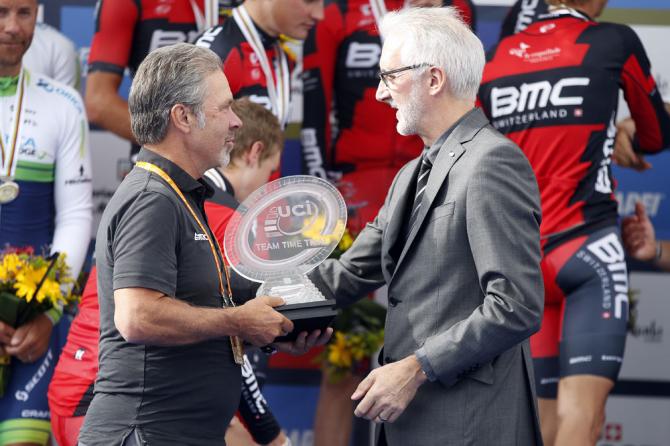
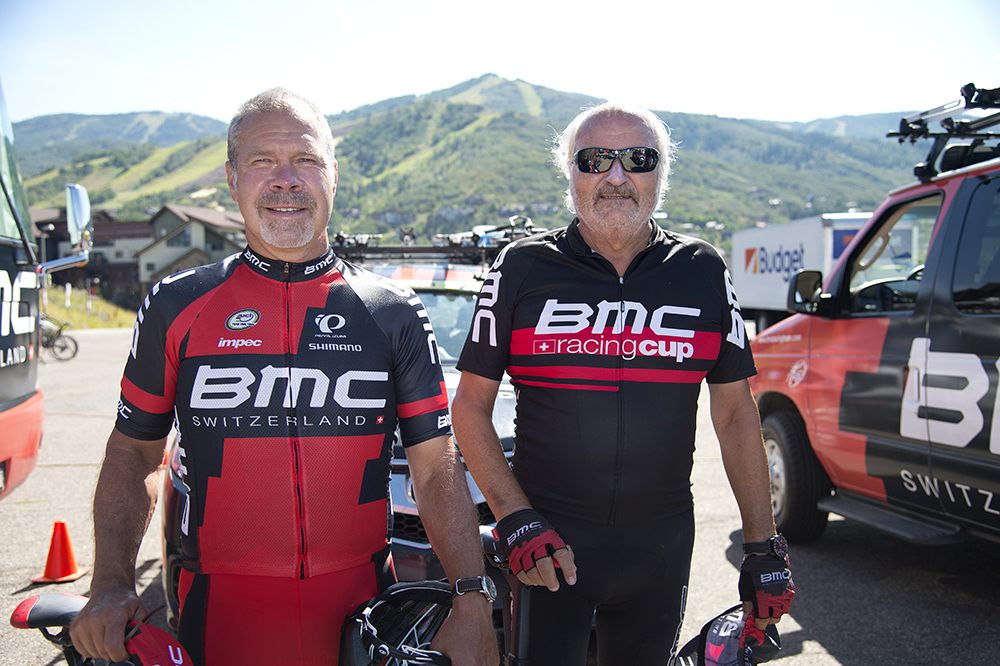
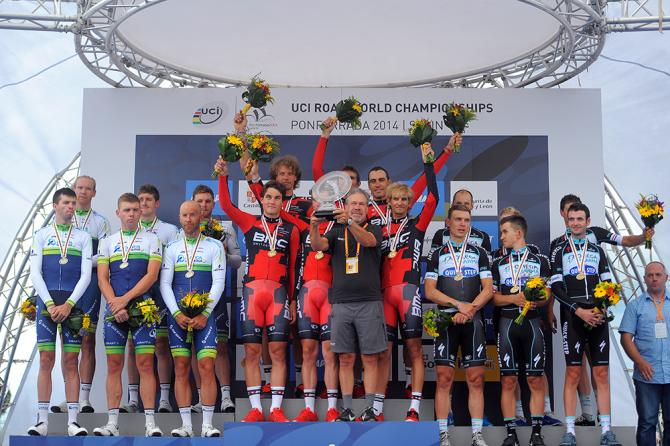
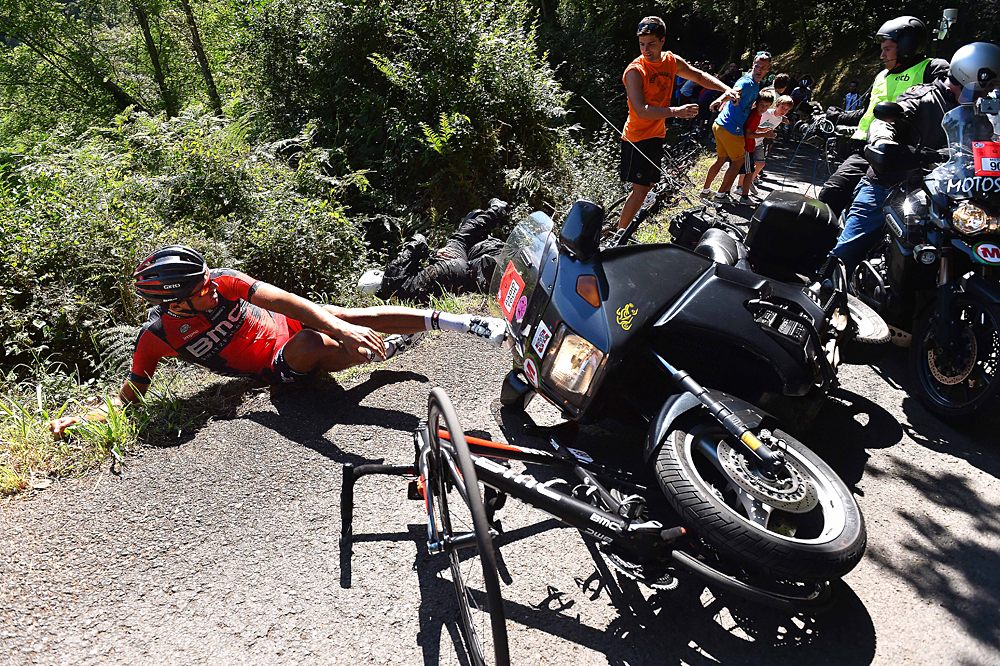
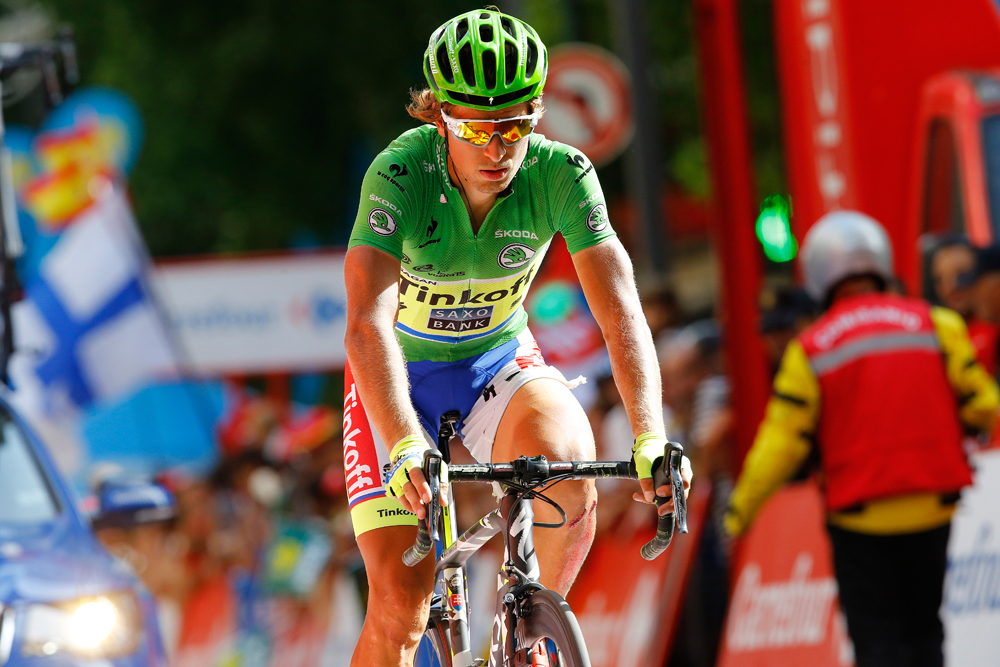
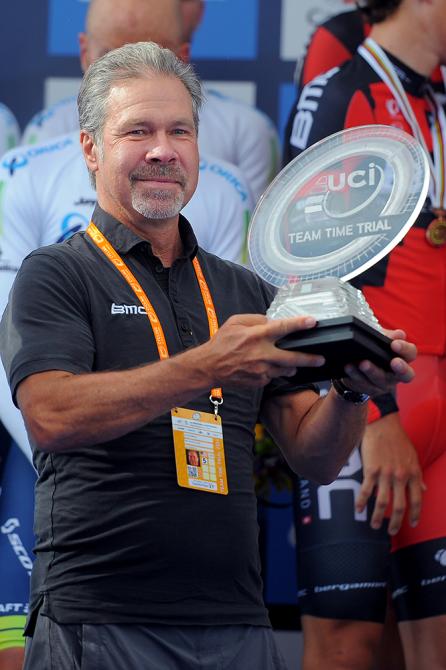
BMC Racing General Manager Jim Ochowicz has released a letter calling on the UCI, and in particular President Brian Cookson, to make some changes regarding safety issues in the professional peloton.
While several teams have been involved incidents outside of their control in recent times, the BMC team has taken the brunt of them between Taylor Phinney, Peter Stetina and Greg Van Avermaet, while the UCI has given little response regarding the growing safety concerns. In May of 2014, Phinney suffered serious leg injuries that nearly ended his career. Tthere have been incidents with motorcycles at the Tour de France, Clásica San Sebastián, and on stage 8 at the Vuelta when Peter Sagan (Tinkoff-Saxo) was in an incident with a neutral service moto.
“Someone please step forward!” Ochowicz wrote in his letter to the UCI. “Safety problems at races continue to accelerate and are now a nearly everyday issue. The sport is looking for leadership and courage with regards to the safety of the riders.
"The answer to the safety issues in WorldTour races will not be resolved in meetings of the UCI Safety Committee, which has been evident by its lack of action since its last meeting," Ochowicz wrote. "Safety problems at races continue to accelerate and are now a nearly everyday issue."
The BMC team manager goes on to list several areas that he believes could be a starting point for some major changes. His proposals follow a call in May to reduce the size of the peloton and the role of Professional Continental teams in WorldTour races.
Course Selection: Ochowicz suggests it is the responsibility of the race organisers and the UCI to “select and inspect courses that are challenging – but safe – and be held accountable.” He follows this by suggesting the UCI “sign-off and approve” such courses with repeat inspections once the event draws near.
The suggestion follows Stetina's dramatic crash at the Pais Vasco this spring caused by unmarked steel polls in the finishing straight.
Get The Leadout Newsletter
The latest race content, interviews, features, reviews and expert buying guides, direct to your inbox!
Size of the peloton and caravan: Another issue that has been discussed for several years after crashes in the opening weeks of the Tour de France and most recently at the Vuelta a España is the idea that there are simply too many riders are on the narrow roads, suggesting crashes are unavoidable. The number of race vehicles, media, medical and other motorcycles in the caravan should also be reduced.
Ochowicz blamed the Pro Continental teams for crashes at races earlier this season. He now suggests a reduction in the size of the peloton and that selection criteria be outlined by the UCI prior to their invitation to the top races. “In Grand Tours, start 20 teams of nine riders each – 17 from the WorldTour and only three from the Pro Continental ranks. In other WorldTour stage races and single-day events, allow only 22 teams of eight riders each – 17 WorldTour teams, plus five from the Pro Continental level.”
Qualification process for drivers in the caravan: The most recent incidents and likely the most dangerous involved motorcycles crashing riders from behind, causing concern regarding the moto drivers' training and experience.
Sagan was the latest victim when he was hit from behind on stage 8 at the Vuelta while chasing a group of riders into the finish. Sagan was forced to abandon the next day because of injuries and was then fined for his reaction to the incident. His team has threatened legal action. While the driver was expelled from the race, he was given no fine, and once again there was no response or statement from the UCI.
“Incidents involving race motorcycles have led to riders being completely taken out of contention,” Ochowicz said. “The UCI should require proof that individuals driving vehicles in races are duly licensed and qualified to do so. The UCI and/or race organisers should make it clear to all teams and riders who is charged with the responsibility for ensuring safe race conditions and who should be held liable when riders and teams incur damages.”
Ochowicz concludes that while debate persists and incidents continue to happen, only the UCI has the power to stop the incidents despite other organisations and riders doing their best to change it.
“But the harsh reality is that until the UCI takes action, this is a problem in professional cycling that will continue to loom large,” Ochowicz said.
Cyclingnews contacted the UCI for their reaction to Ochowicz's letter.